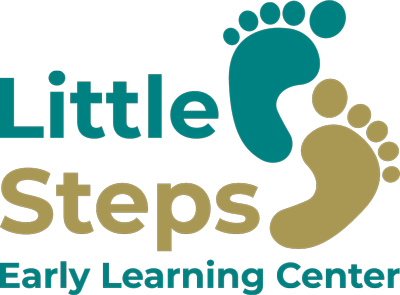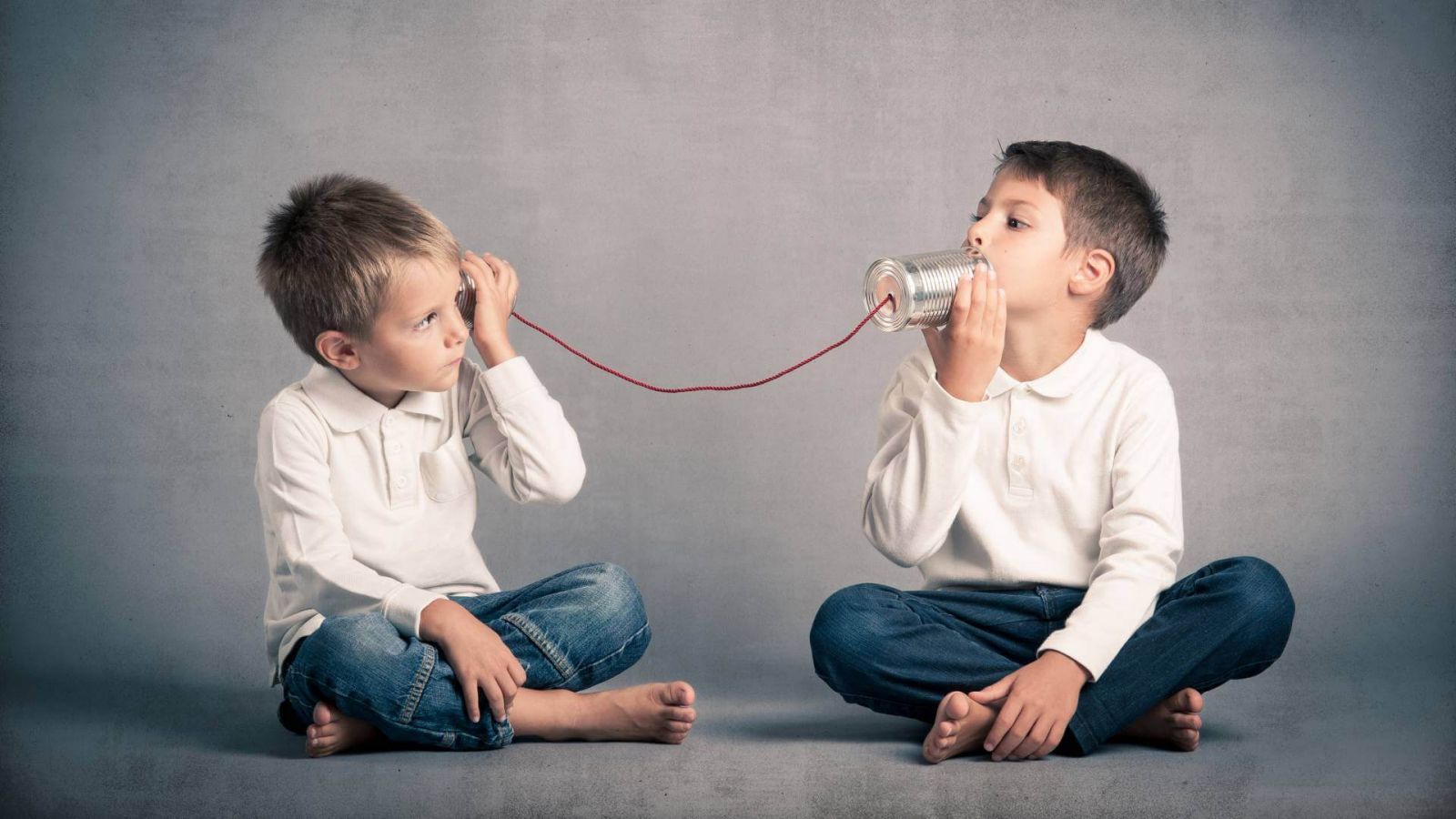Exploring science with your kids is a great way to have fun, learn and explore new ideas. These experiments are safe and easy to do at home and help kids build a strong foundation for their future. The scientific activities listed here are amazing and informative for families to do with their kids at home.
Float Experiment
This experiment helps kids understand the properties of different materials. This can also be a great way to get kids interested in science. Post a question asking your kids if they believe the objects will float or sink to the bottom of the water. Developing hypotheses and evidence
How to do it:
Using bowls, parchment paper, water, uncooked rice, beans, foam packing peanuts, flower petals, and other small objects that will sink and other objects that will float, you can use anything lying around your house that floats or sinks. Put the bowl half-filled with water on top of the paper towel on top of a table. Place small amounts of different items in each bowl and see which ones sink or float! Try out different combinations to make this project as exciting as possible.
Building Bridges
This experiment is a great way to get your kids interested in science, engineering, and math.
How to do it:
Give your child an assortment of building materials such as toothpicks, Popsicle sticks, household objects, and cans. Have them choose one item from the pile. Show your kids how the different materials can be used in place of the toothpicks to create bridges with varying lengths and different strengths.
The Walking Water Experiment
Using a paper towel, a pan, a small bowl, and water, this experiment can help your kids understand more about surface tension.
How to do it:
Fill up the pan with half an inch of water. Place the bowl on top of the paper towel in the middle of the pan. See if the water in the bowl moves. The water will start to "walk" over to the high point of the pan and then down.
Color Mixing Playdough
Kids enjoy playing with playdough, and they love to explore new colors. This experiment teaches kids about the color of various substances.
How to do it:
Use different food coloring as a base and add other paints, glues, and glitter. Use wet mud, flour, and salt to make your own playdough that can be molded into various colorful shapes.
Experiment with Hand Washing
This experiment is excellent for helping kids understand the concept of heat and cold. This also introduces them to new terms like "heat sink" and "heat source." This is a great way to teach science in a fun and engaging way.
How to do it:
Just like we wash our hands with soap, kids can now touch and feel the same washing agent with water, cups, and sponges. Mix a cup of warm water, one cup of cold water, and some soap. Divide the water and soap between the two cups. Feel your hands on both cups and make a note of which one is warmer. Repeat to see if your results change.
The Water Xylophone
You'll need water, measuring cups, food coloring, a plastic spoon, a wooden spoon, and glasses. You will also need to gather several small, empty containers or cups.
How to do it:
Fill the containers up with varying levels of water. Add a few drops of food coloring to each container and stir. Grab your plastic spoon and start playing the water xylophone! The longer the scoop, the more notes kids can hit across the different containers. This experiment helps children understand sound.
Ramps To Go
This experiment helps kids understand more about energy, velocity, and the coefficient of friction. This can also be a great way to get kids interested in science. Based on their content and shape, talk about which objects might go faster down the ramp or which things might go slower down the ramp.
How to do it:
Start by writing the objects on your cardboard boxes to see what order they should be on your ramps. Tape the boxes so that you can give them a try! The objects on the left will be slower, the objects on the right will be faster, and the objects at both ends of your ramp should go at a steady speed. Make more ramps with different shapes, sizes, and contents.
We provide an educational approach to playcare, including dress-up, art, puppets, and cooking. Children will learn about sharing and caring for others in the community. We also use online computer resources for math and other educational activities. Our trained and certified staff will teach your child social and emotional skills as well as learn through play.


